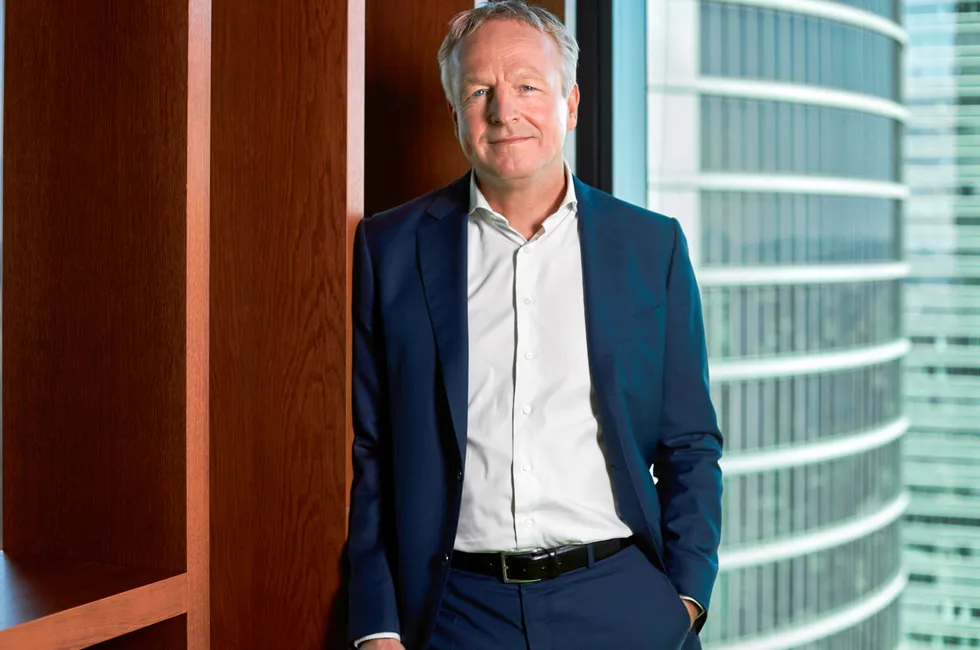Oil company Cepsa to invest €3bn in 2GW green hydrogen project in southern Spain
A further €2bn would be spent on the renewable energy needed to power the dual-city project

A further €2bn would be spent on the renewable energy needed to power the dual-city project
